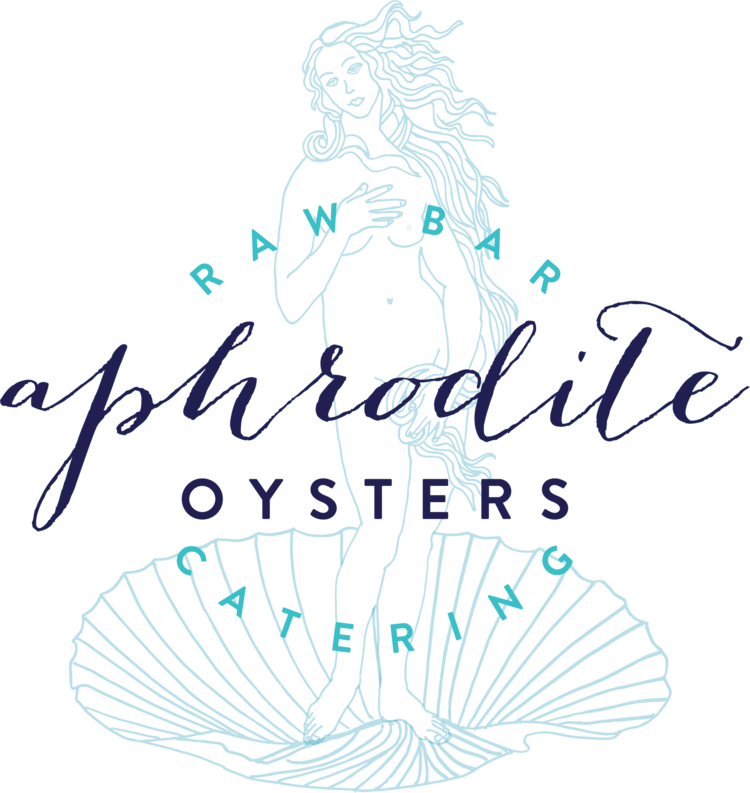Heads up Shucker!
These choice oysters arrive in their natural state with mud from the waters and could use a quick rinse if you prefer to serve clean shells. We do not rinse these in advance because it encourages them to open.
In the heat of the summer our beloved Canadian oysters begin to loose their briny taste and plump texture. For this upcoming Independence Day we went All-American with salty oysters from Maine. You will most likely want to use the mignonette with each of these oysters and maybe throw a few on the grill this July 4th! We suggest topping with a bbq butter; just mix softened butter with your favorite bbq sauce, top onto your shucked oyster and grill for 7-8 minutes on low heat. Don’t forget some good crusty bread for the all the delicious butter sauce!
SALTY MAINER OYSTERS
Salty Mainer oysters are a medium oyster, cup full of meat, and a very bright brine. This strong brine will take you straight to the ocean. You will see that the shells are different in sizes and take more care in opening because they are wild grown in sand and mud.
Specie: Crassostrea virginica
Origin: Damariscotta River, Maine
Water Temperature: average 53°
Tides: Damariscotta River; tidal river with large 10-foot tides
Wild: 4 years
Average Size: 3-3.5 inches
Available: April-December
FLAVOR PROFILE
Salty, buttery cream with a more clean, sweet finish.
Suggested Pairing: Ginger Beer, Moscow Mules or Cider
BRINE INTENSITY
Medium High
GROWOUT METHOD
Grown in floating cages until they reach about 2” and then bottom planted for the final grow-out giving them their hard, deep-cupped, easy to open, beautiful shell.
GROWER
Atlantic Aqua Farms provide product that has been raised, harvested and processed in an environmentally sustainable manner.
